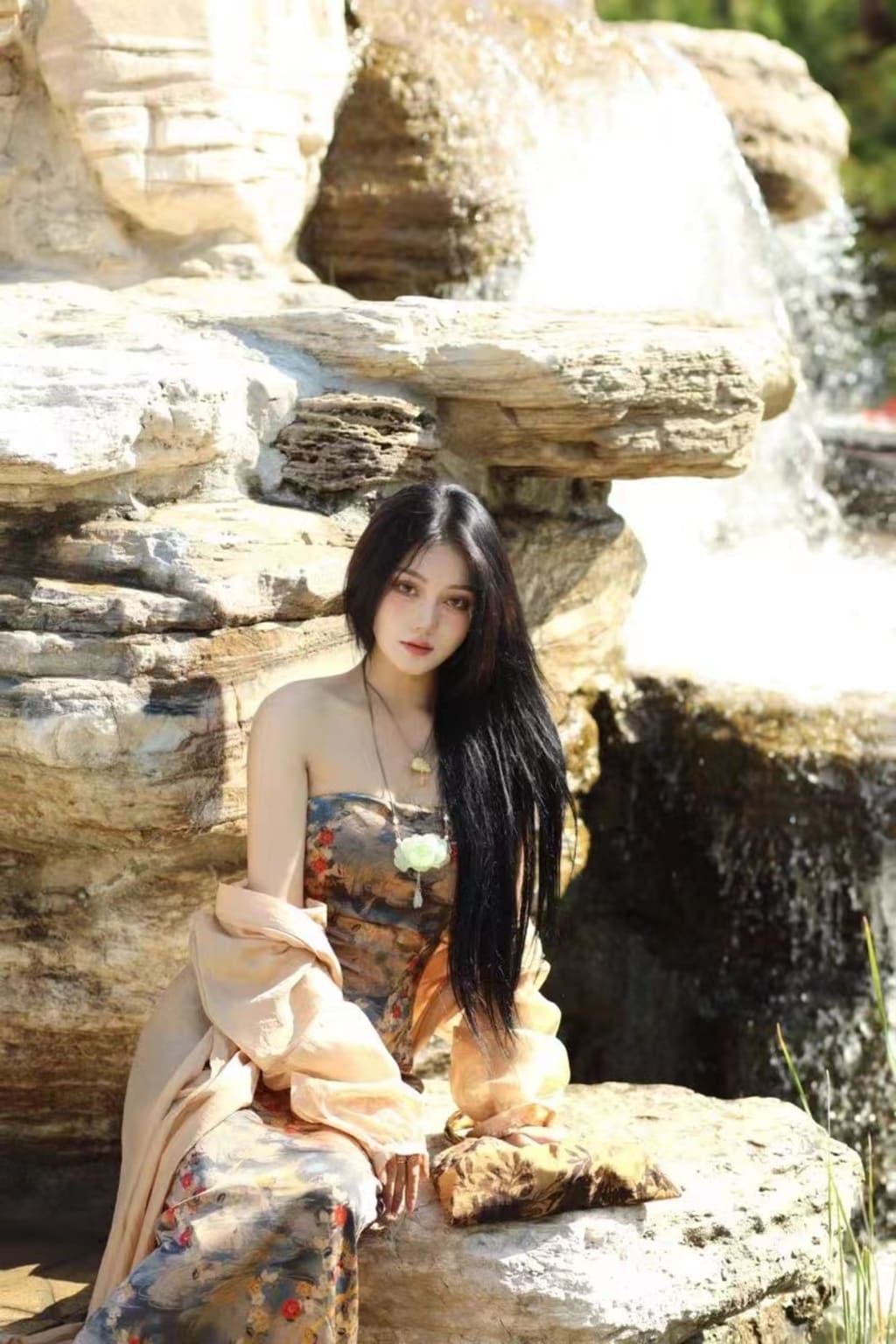A green dress, dyed as beautiful as a tree in bloom, sleeves embroidered with moonlight, expressing unparalleled elegance. Walking through the fragrant years, a woman wearing a cheongsam will always be a beautiful scenery.
As we all know, cheongsam culture is one of China’s characteristic traditional cultures, with a long history of over a hundred years. After experiencing various historical changes, cheongsam has always been regarded as a typical representative of Chinese clothing. Nowadays, the improved cheongsam has become a leader in fashion and a brilliant pearl of the East.

1: The Origin of Cheongsam Culture Cheongsam culture actually originated in the Qing Dynasty. After Nurhaci, the founder of the Qing Dynasty, unified various tribes of the Jurchen people, he established the Red, Blue, Yellow, and White Banner in the Qing army. After entering the customs, the four banners were added with yellow, red, blue, and white borders to distinguish and control the affiliated military and civilians, called the “Eight Banners”. The subjects of the Eight Banners are accustomed to wearing long robes, which is the native costume of the Manchu people, and thus named “Cheongsam”.
2: Changes in Qipao Culture Qipao culture began to change in the 1920s, with the continuous fusion and absorption of Manchu and Han women’s clothing styles, as well as Western clothing styles. The original Qipao style had tight sleeves, narrow rolled edges, simplified embroidery patterns, and a slightly shorter length. By the late 1920s, influenced by Western skirts, the Qipao style had undergone significant changes, becoming a waist-cinching, curve-hugging style that showcased women’s curves and had the basic features and foundations of modern women’s clothing.
3: The Maturity of Cheongsam Culture Cheongsam culture gradually matured after entering the 1930s and 1940s, becoming well-known around the world and regarded as a classic work, representing the peak period of cheongsam culture. During this time, cheongsams used high collars, slim waists, short sleeves, button closures, diagonal fronts, and high slits. The length of the garment varied, and the tailoring and styling incorporated Western dress characteristics, making the cheongsam more fitted and displaying the graceful and striking body shape of women. Fabrics such as gauze, crepe, silk, satin, tweed, and cotton were all used.
4: The Decline of Cheongsam Culture By the eve of the Liberation in 1949, cheongsams had already become quite common and had become the daily wear of urban women. However, after the founding of New China, women despised wearing clothes and accessories in red and green, and looked down on petty-bourgeois sentimentality. Instead, they favored simple military and Lenin-style clothing. With the emergence of the Cultural Revolution, cheongsam culture was persecuted as part of traditional and bourgeois culture, marking the end of its glorious history and entering a period of decline.
5: The Revival of Qipao Culture However, after being dormant for thirty years, Qipao culture successfully returned to the stage during the reform and opening-up period of the 1980s. Although it is difficult to surpass its heyday, with the rapid development of the economy in recent years and the strong support of the government for the revival of traditional Chinese culture, this ethnic clothing, which is both Eastern in style and conforms to the fashion trends of the world, has become a symbol of the Chinese nation and has been recognized internationally for its elegance and virtuous temperament.

6: There are many styles of Qipao. There are opening styles such as the Ru Yi opening, Pipa opening, slanted opening, and double opening; collars such as high collar, low collar, and collarless; slits such as high slit and low slit, etc. Although the styles of Qipao vary greatly, the most important changes are in the sleeve and collar styles. The collar styles mainly include round collar, straight collar, square collar, and pipa collar.
(1)The Qipao with a round collar is a formal dress with a smooth and rounded neckline.
(2)The Qipao with a straight collar is suitable for women with a full figure and a round face, making their figure appear slimmer.
(3)The Qipao with a square collar has boldly reformed the collar area and is suitable for different face shapes.
(4)The Qipao with a pipa collar also includes styles such as double round collar and double opening collar.
The cheongsam showcases the beauty of clothing with its versatile posture and interprets a different kind of oriental beauty. Nowadays, more and more Chinese women are wearing cheongsams to show their charm, which has also attracted the favor of international women.

